In the second installment of this two-part interview with Pennsylvania Historic Preservation blog, Mod Betty discusses her research methods, her main influences, and “the ones that got away.” Missed Part 1? Read it here!
Continue readingCategory: Heritage Tourism (Page 3 of 6)
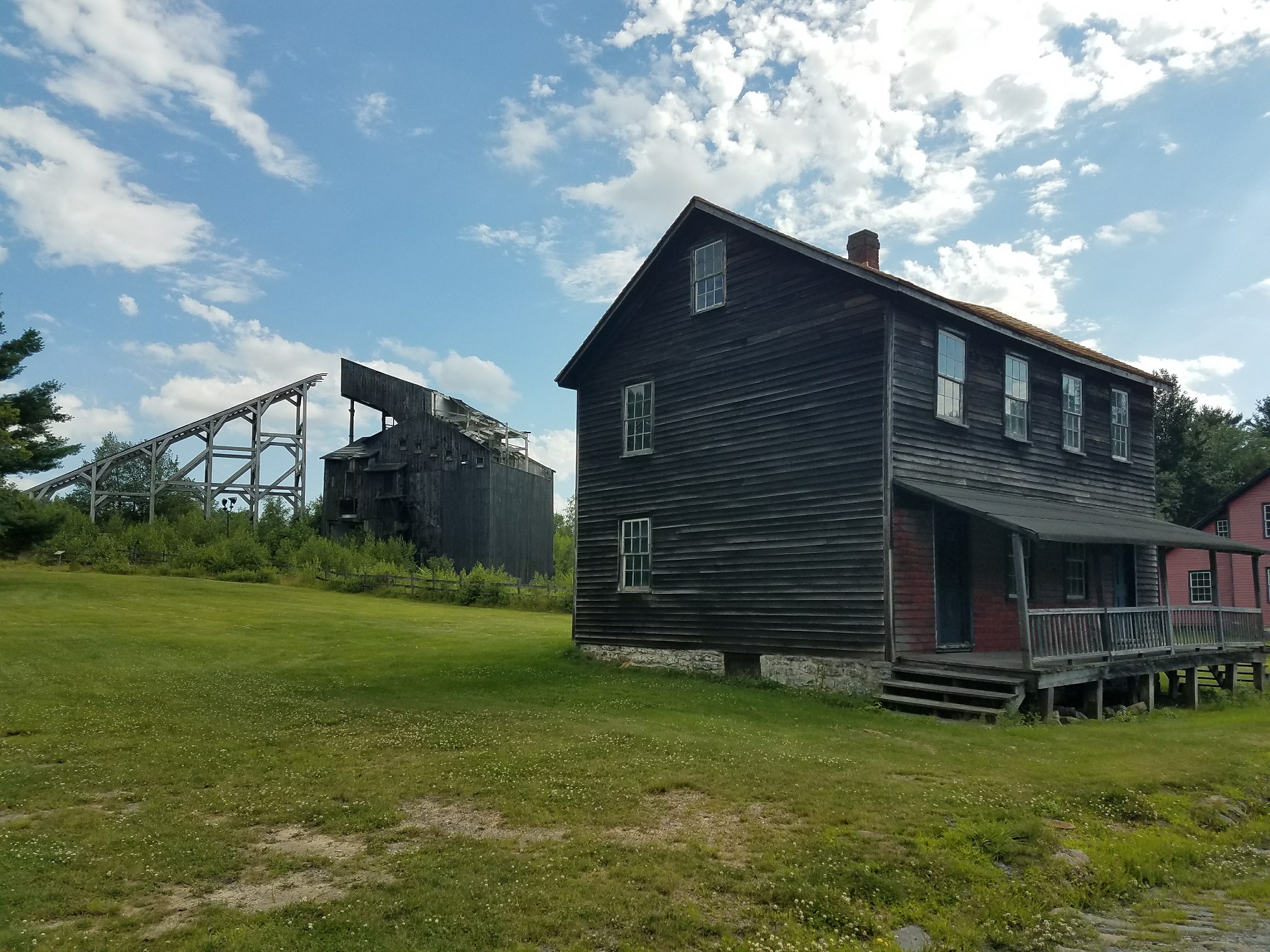
#PreservAtionHappensHere @ Eckley Miners’ Village
An intra-agency effort is underway to plan for the future of PHMC’s Eckley Miners’ Village. In October 2018, the PHMC was awarded a federal grant from the Appalachian Regional Commission to support the completion of a strategic plan for Eckley. The desired outcome will result in a sustainable future for Eckley that will enable the historic property to serve as a regional asset. The PHMC’s State Historic Preservation Office and Bureau of Historic Sites and Museums are partnering to engage stakeholders, gather ideas from the regional community, and lead the planning process. Continue reading
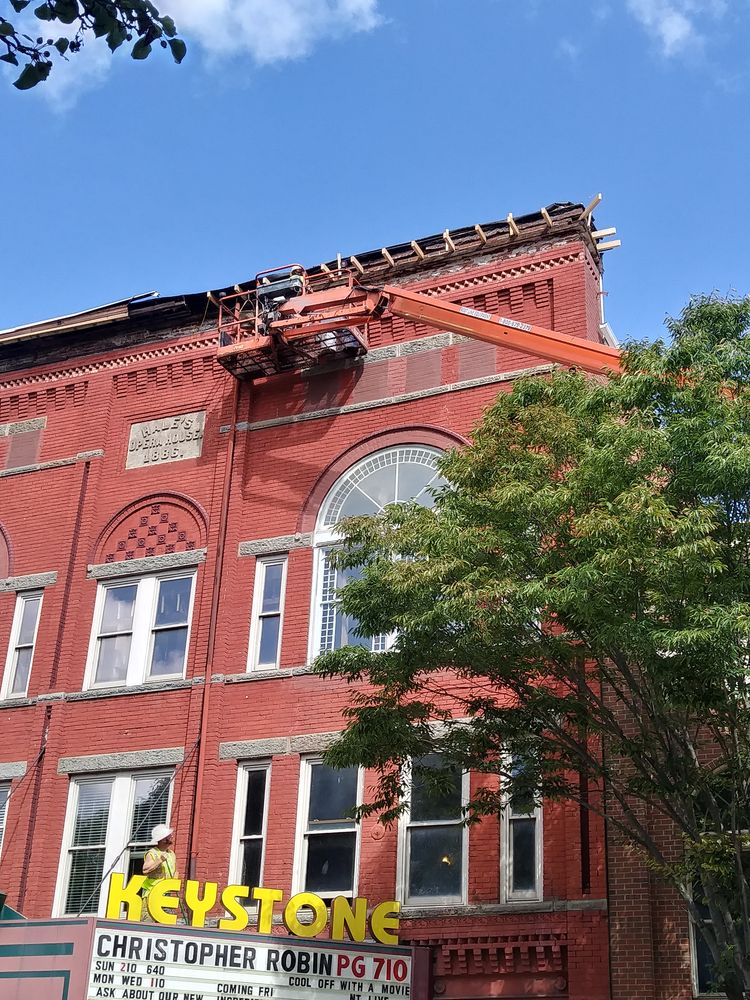
Keystone Grant aids Towanda’s Keystone Theatre
The Keystone Theatre’s history has been long and illustrious, highs and lows aside. The Keystone has the distinction of being the longest continuously operating theatre in NE Pennsylvania at 131 years of age. Her champions have been all of those who worked to fill her houses and keep her doors open.
The Theatre…
The Keystone Theatre in Towanda, Bradford County, Pennsylvania was built in 1886 and opened in 1887 as the Hale’s Opera House, located on the second floor of the building on Main Street.
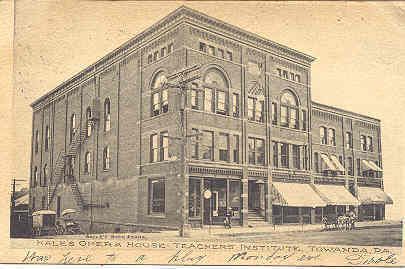
Hale’s Opera House & Teacher’s Institute opened in downtown Towanda in 1887. Image courtesy of BCRAC.
The grand opening on September 21, 1887 featured Mrs. D. P. Bowers in the lead role of “Elizabeth, Queen of England.” It was the great era of early American Theatre and Mrs. D.P. Bowers, it was thought at the time, “would go down in posterity in the history of American stage.”
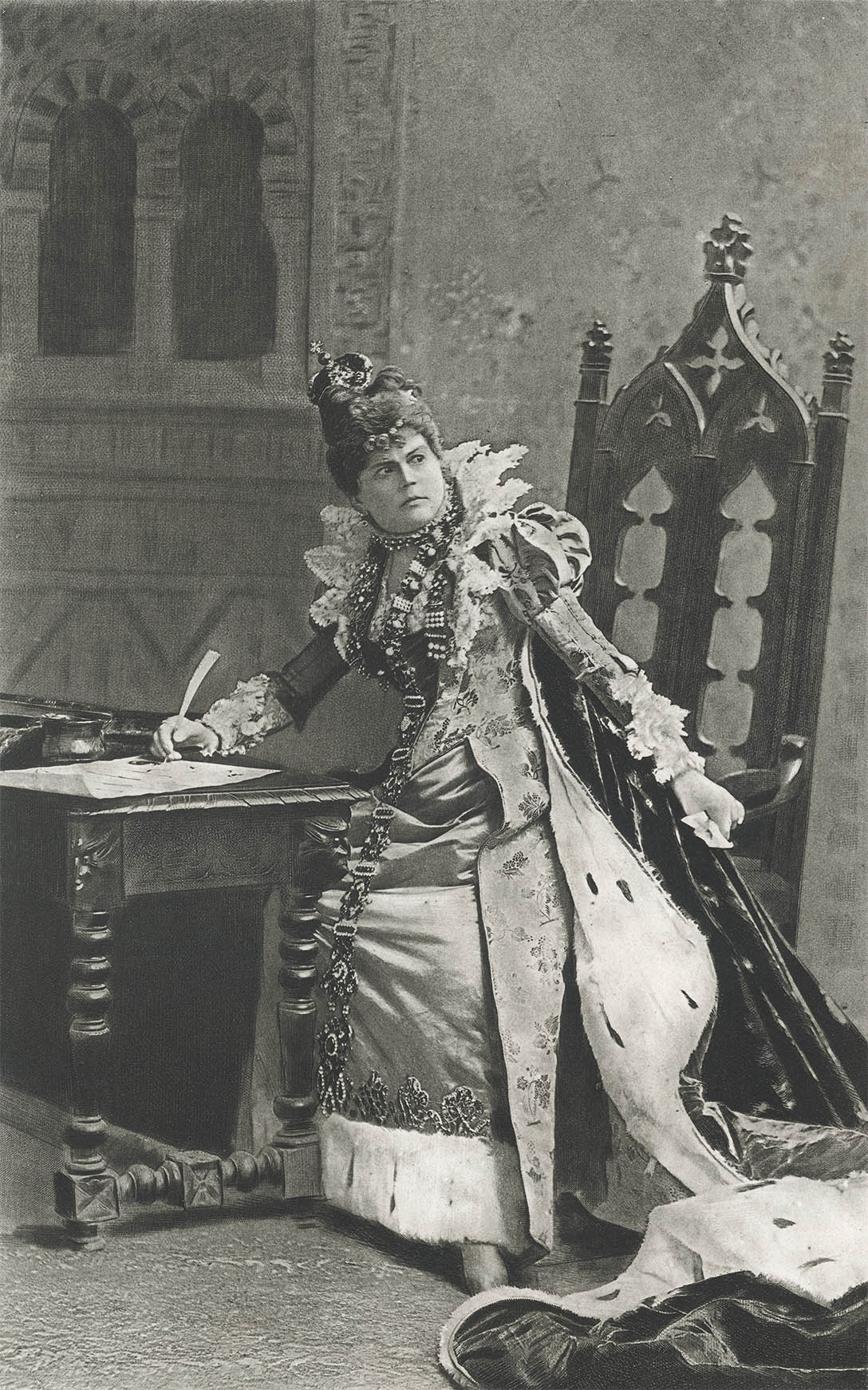
Famous stage actress Mrs. D.P. Bowers opens Hale’s Opera House in “Elizabeth, Queen of England”. Mrs. D.P. Bowers was the stage name of Elizabeth Crocker Bowers. Image courtesy of BCRAC.
Hale’s Opera House offered a palate of minstrel shows as well as local productions, fashion shows and high school graduations. The early days also included productions of Uncle Tom’s Cabin, which played once, and up to four times a year. A boxing match with John Sullivan was attended by over 1,400 people in the 900-seat theatre. News articles of the event described efforts to use 2 by 4’s brought in from the local hardware to support the extra weight of the balconies.
In 1913, the theatre was moved to the first floor. John Philip Sousa’s band came to town, arriving on the Black Diamond Express in the heyday of trains and people using them to come to Towanda from the surrounding small communities. In addition to live performances and community events, silent movies were added. William Woodin, the opera house’s first manager, changed the name of Hale’s Opera House to the Keystone Theatre.
Eventually, movies became the exclusive form of entertainment at the Keystone Theatre. The talkies were the gig in town. By 1950, the theatre had become part of the Comerford Theatre chain which owned theatres in and around the Wyoming and North Branch of the Susquehanna Valleys. Eventually the Comerford chain went under, and the Keystone Theatre was once again an independent venue.
The advent of television and the 1970s oil embargo strained the financial stability of the Keystone Theatre. A drop ceiling was installed covering the balcony, the orchestra pit was covered and the stage was enclosed and covered with a new screen. Times were tough. By 1987, the theatre was worn out, in need of major repairs, and set to close.
BCRAC to the rescue…
In 1988, the theatre was purchased by the Bradford County Regional Arts Council (BCRAC) with the intention of converting it into multi-use cultural center with film, live theatre, music and educational programs. Over the next four years, close to one million dollars were spent on returning the Keystone Theatre to its original appearance, while at the same time, updating and adding basic needs, such as heat, electricity, projection equipment, new roofs, fire escapes, and handicap accessibility. The theatre remained in operation during all of the renovations.
In 1992, a portion of Towanda borough was listed in the National Register of Historic Places as the Towanda Historic District (Key #096414). The theater is a contributing resource to the historic district because it is part of the character, history, and significance of Towanda.
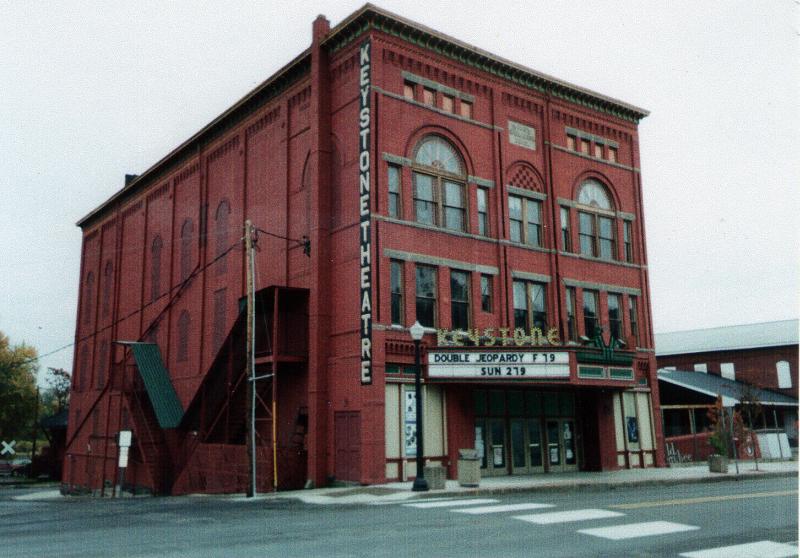
Keystone Theatre in 1992.
The Keystone’s 550 seats were repaired, the plasterwork in the auditorium restored, and the lobby enlarged. The drop ceiling of the 1970’s was removed, the balcony returned to use, and the stage was restored with the false wall in front of it removed. In 2001, a second theatre with stadium-style seating was added to the Keystone Theatre replacing an adjoining building that had burned in the 1970s.
Keystone Grant for the Keystone…
In 2016, BCRAC received a PHMC grant. This grant was used to replace a piece of the Keystone that was laid in 1886 and, until this summer, had not seen the light of day in 130 years.
Behind the building’s decorative cornice and below layers of roofing, the integrated roof gutters, constructed of wood and brick, perhaps state of the art in 1886, had failed. Water designed to flow along the gutter troughs at the top edge had begun spilling over the edge of the building causing dangerous ice buildup and safety issues on the walks below.
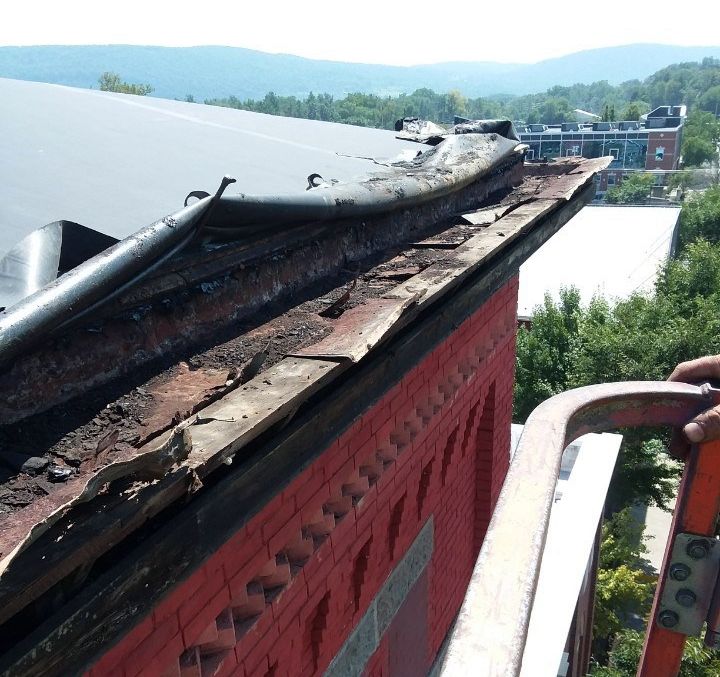
View along west side of the roof (front of building) looking south, showing rotted and damaged wood and membrane – August 31, 2018.
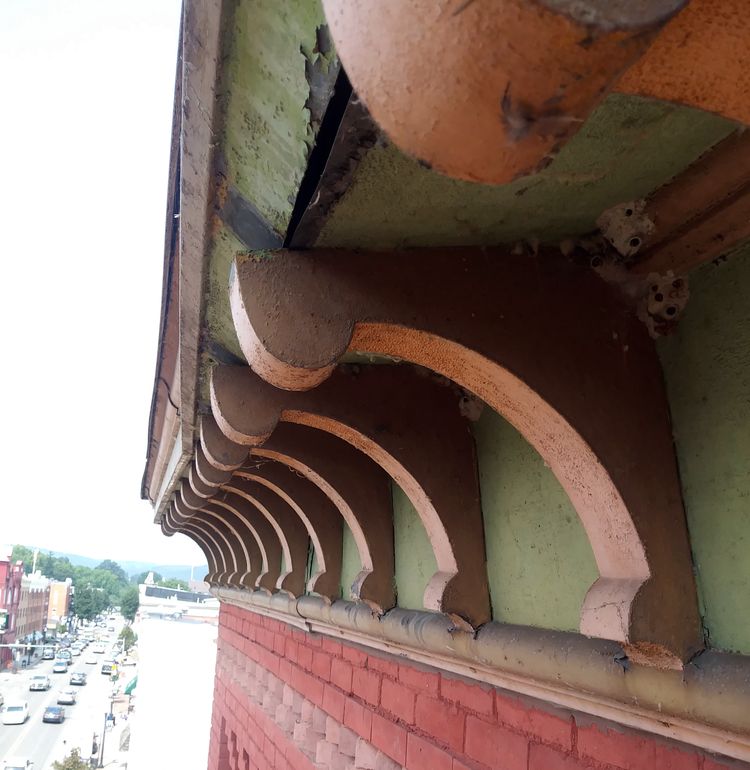
View of condition of decorative cornice along front (west side) of building – August 31, 2018.
The work was completed by MacBuilders & Design of New Albany, Pennsylvania. The project got underway in late August with a leering deadline of September 30th, but this was a determined and dedicated crew. After removing the cornice, the owner came to us and offered to do some work outside of the project scope. He wanted to repair, strip and paint the decorative cornice that was removed to do the work.

View from ground of front (west side) of building during repair – September 7, 2018.
With a heart for historic buildings and their preservation and in respect to the care the BCRAC has given this building over the past 30 years, he wanted to restore the cornices. We agreed to trade advertising with him for the work, his advertising may well outlive all of us. But his work and the work of his crew was phenomenal.
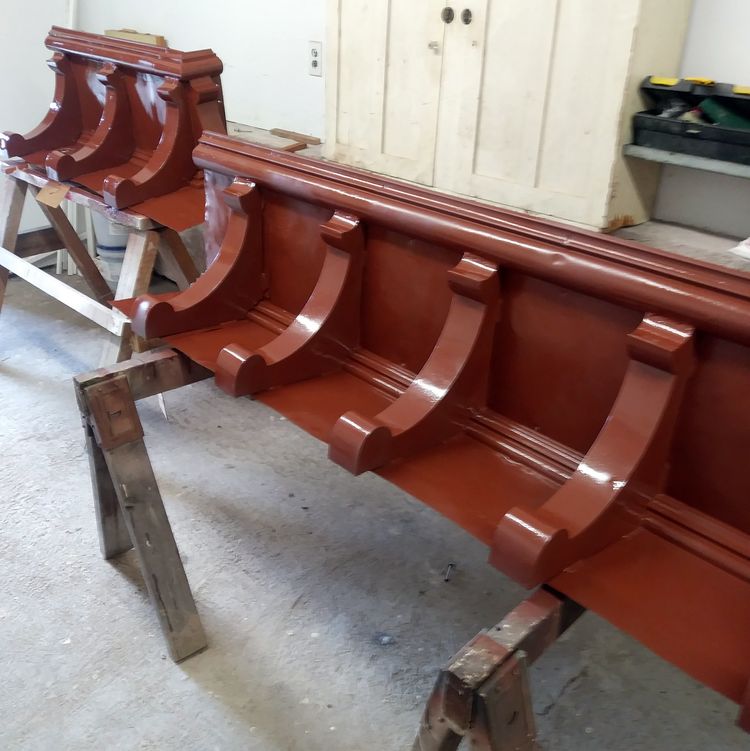
Cornice after repair – September 21, 2018.
So now, seventy feet above Main Street, the newly rebuilt gutter system sits silently once again hidden behind the beautifully restored historic cornice. If you look really closely, you will also see a piece of the Keystone Theatre uncovered by the BCRAC in 1988, a permanently installed brick at the top of the building that reads, HALES OPERA HOUSE.
The brick in the plaza at the entrance of the theatre reads: The Keystone Theatre built in 1886 as the Hales Opera House. It is the oldest operating theatre in northeast Pennsylvania. Dedicated to all people – past, present and future for whom the Arts and this community theatre give meaning.
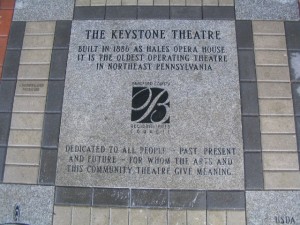
Keystone Theatre stone marking renovation.
This week’s guest contributor is Elaine Poost. Elaine is the Executive Director of the Bradford County Regional Arts Council in Towanda, PA.
Are you looking for an adventure? Then take a drive to Clearfield County because Pennsylvania’s West Branch Susquehanna Byway is an adventure that awaits you at every turn.
What is a Pennsylvania Byway?
The Pennsylvania Department of Transportation (PennDOT) established the Pennsylvania Byways (PA Byways) program in 2001 to identify and designate corridors with cultural, historical, recreational, archaeological, scenic, and natural qualities and outstanding features throughout the commonwealth.

If you see one of these, check it out!
PennDOT’s mission for this program is to:
- support communities and local governments in achieving byway designations,
- assist with local planning efforts to maintain byway resource qualities,
- protect and preserve visual impacts,
- educate residents and visitors,
- promote tourism, and
- enhance economic development potential throughout the commonwealth.
The PA Byways program parallels U.S. Federal Highway Administration’s National Scenic Byways Program, which was created in 1991 as part of the Federal Intermodal Surface Transportation Efficiency Act (ISTEA). The main difference between the two programs is that Pennsylvania does not use “scenic” in its title, recognizing that many roadways exemplify more than purely scenic qualities.
Currently, Pennsylvania has 21 designated PA Byways, one National Forest Scenic Byway, and three National Scenic Byways, and one All-American Road. The existing network of byways includes over 650 miles of roads through almost half of Pennsylvania’s 67 counties!
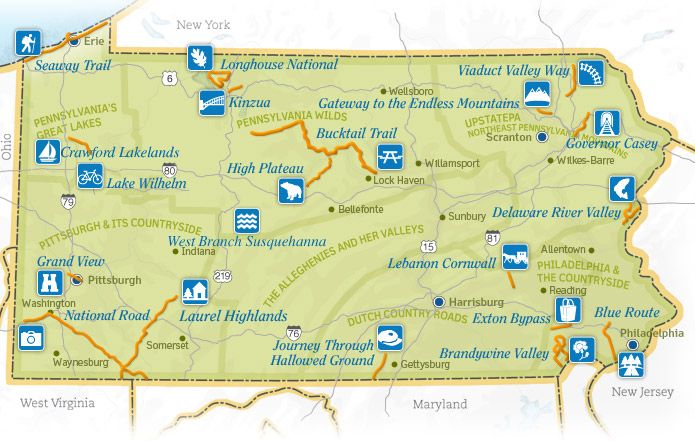
Take some time to explore some of PA Byways.
**The Pennsylvania Byways program is currently being restructured. If you have interest in designating a byway, please contact Jacqueline Koons-Felion at jfelion@pa.gov or 717-787-6388.**
5 Things to Do and See along the West Branch Susquehanna Byway
1. The Drive
The West Branch Susquehanna Byway offers seventy-two miles of winding roads showcasing historic, archeological, cultural, recreational, natural and scenic rarities that are inherent of Clearfield County. This byway is a great outlet for the outdoorsman, civil war buff, foodie, photographer, and the explorer.
PennDOT designated this corridor as Pennsylvania’s 19th Byway in March 2012.
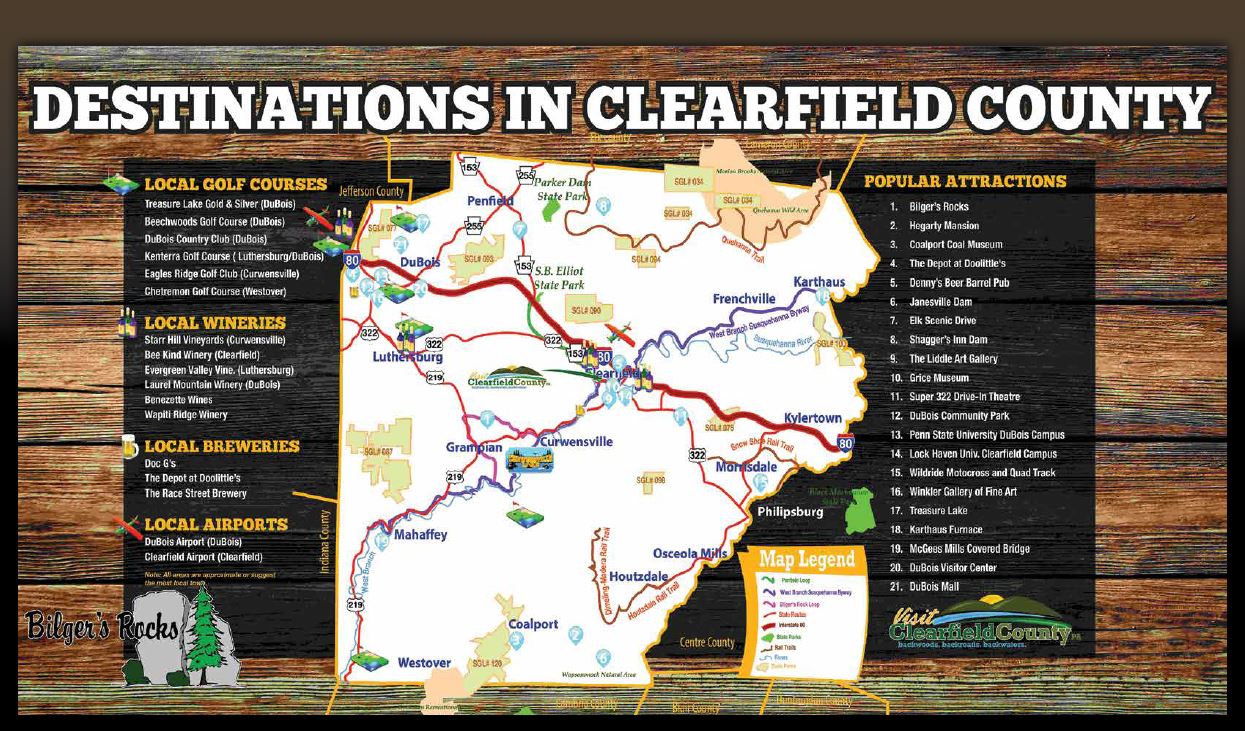
Got to www.visitclearfieldcounty.org for more information!
The West Branch Susquehanna Byway is a scenic and natural beauty that is a must see. During the nineteenth and early twentieth centuries, the Susquehanna River was a lifeline of historic Clearfield County. The River served as the lumber transport system that fueled the once-booming economy. The byway was named after the river because of its historical significance, but also because the byway provides access to the abundance of recreational opportunities that the Susquehanna River offers, both on its banks and in its waters.
2. McGees Mills Covered Bridge

McGees Mills Covered Bridge
This Bridge is the only covered bridge crossing the mighty Susquehanna River and the only one still being used in Clearfield County. The 122 ft. single span Burr arch truss bridge was built in 1873 by Thomas A. McGee. Thomas built the bridge using hand hewed white pine timbers from the area and at a cost of $175. It was the last covered bridge built in Clearfield County. Thousands of rafts floated under the bridge including the last raft in 1938.
The bridge was listed on the National Register of Historic Places in 1980 and renovated in 1994 after a collapse caused by record-breaking ice and snow. This scenic spot remains one of the most popular photographic attractions in Clearfield County and is also located at the very beginning or end of the West Branch Susquehanna Byway.
3. Bilger’s Rocks
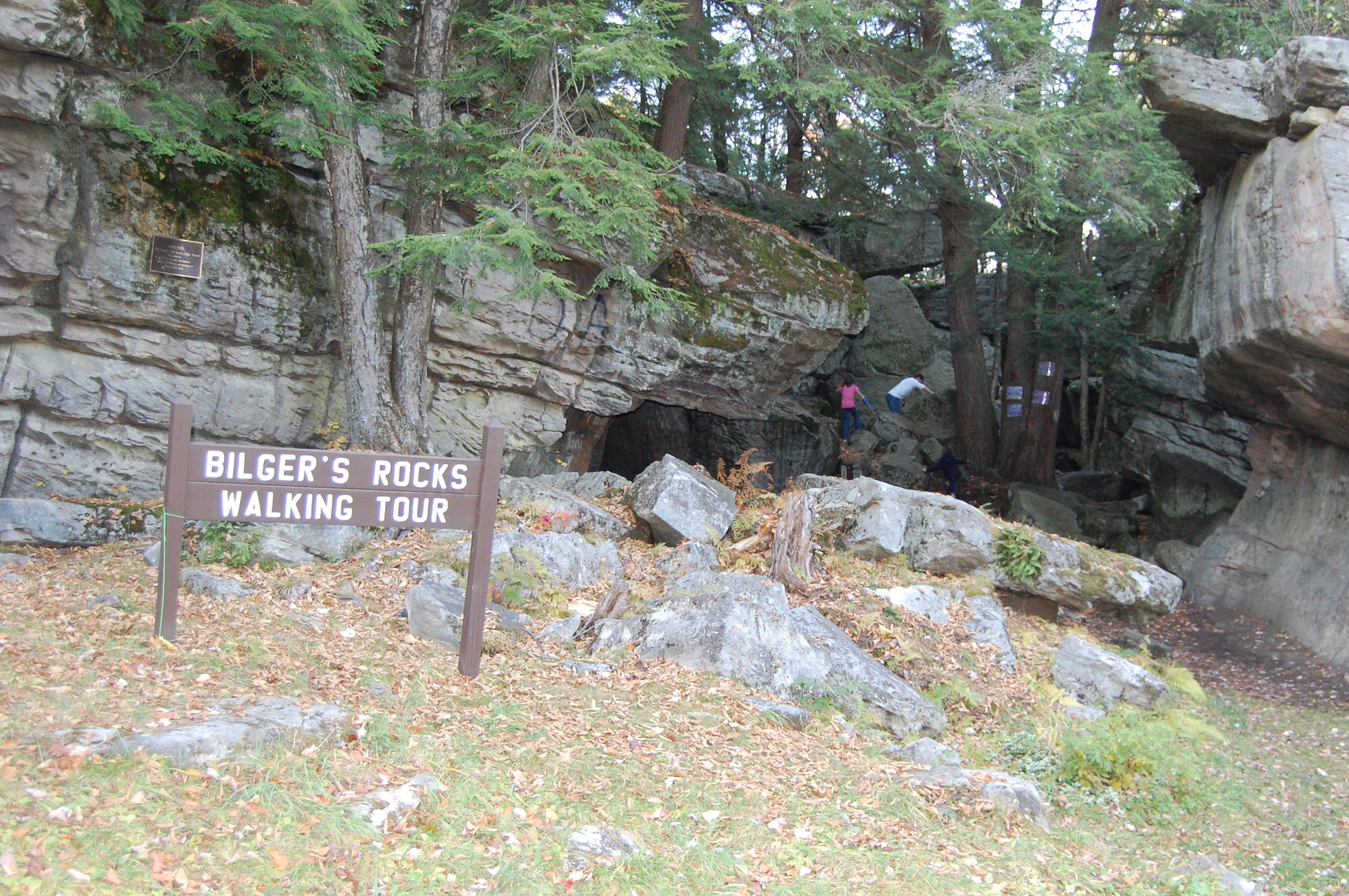
Clearfield County’s Bilger Rocks
Over 300 million years ago, before the settlers, before the Indians, way back when the earth was taking its shape; a city was built just outside of Grampian in Clearfield County. This prehistoric city was like none other, for it was made of massive rocks. Twenty acres of massive rocks to be exact. Some of the rocks tower of five stories high and most of them are over 20 feet thick. The geological phenomenon responsible for this masterpiece is known as frost wedging. Frost wedging causes boulders to break away from the mountainside and helped create this magnificent vision full of numinous caverns and narrow passageways that has withstood eons of vagaries. There are 170 acres of park land where the Bilger’s Rocks Association offers campsites, pavilions, picnic area, a concert arena, recreational activities and even a concession stand that is open every weekend. www.bilgersrock.net
4. Curwensville Lake
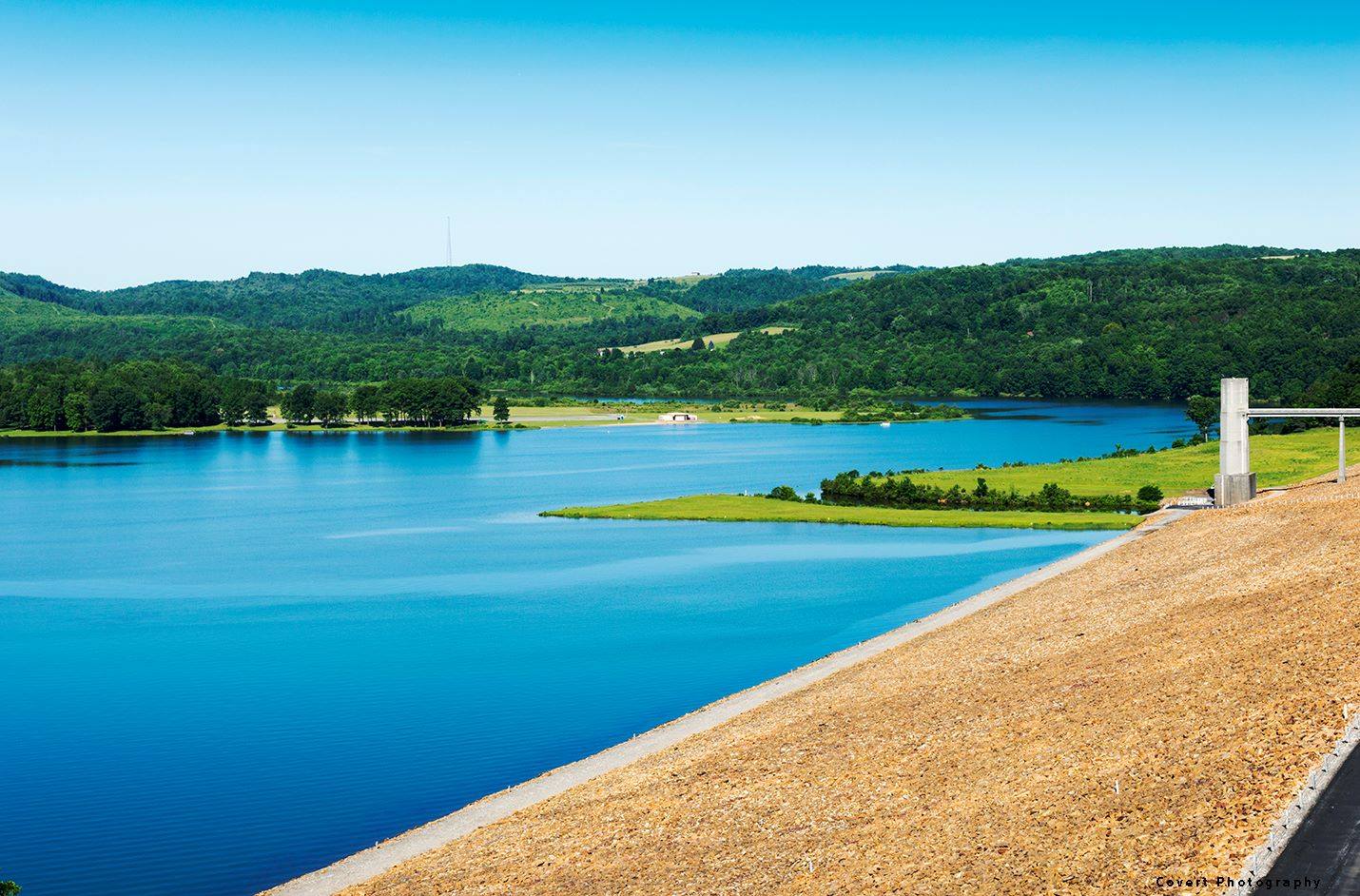
Picturesque Curwensville Lake, Clearfield County.
Curwensville Lake is a reservoir located just to the south of the town of Curwensville. The lake was formed due to the construction of the Curwensville Dam to the north of the lake. Before the dam was built, there were several floods occurring along the West Branch Susquehanna River, affecting the towns of Curwensville, and Clearfield to the north. On September 3, 1954 a Flood Control Act was passed due to the flooding along the West Branch river basin. The dam cost $20,400,000 to construct. Curwensville Lake offers many opportunities to entertain the whole family. Biking, hiking, boating, camping and fishing are just a few of the activities available at Curwensville Lake. And with no horse power regulations on the lake, visitors can enjoy the open waters with their boat and spend some relaxing time catching some of the freshwater fish.
5. Denny’s Beer Barrel Pub

Burger challenges at Denny’s Beer Barrel Pub.
Denny’s was founded by Denny and Jean Liegey in September 1977. Denny’s started making giant hamburgers to attract attention and to create a fun atmosphere for all. Denny’s is known nationally as the home of the “World’s Largest Hamburger Challenges.” It all started with a 2 lb. hamburger challenge with homemade buns baked in a coffee can and the rest is history. Denny’s became famous in 1998 for “The Ye Olde 96er” and have been featured on tv shows like Rachel Ray, The Food Network, Travel Channel, Good Morning America and many more. Guests have dined from all 50 states and many from countries around the world.
Interested in seeing and learning more?
The West Branch Susquehanna Byway is a beautiful scenic and fun byway. This is just a small taste of what the byway has to offer. Visit us in person or on our website, www.visitclearfieldcounty.org, to learn more about the West Branch Susquehanna Byway.
This week’s post is by guest contributor, Josiah Jones. Josiah is the executive director of Visit Clearfield County.
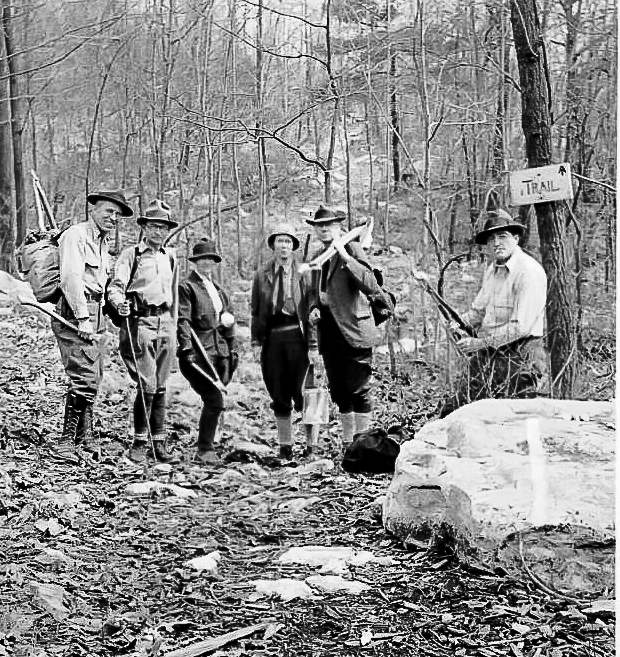
Hiking History on Pennsylvania’s Appalachian Trail
Think of Pennsylvania’s section of the famous Appalachian Trail, and generally you think of green mountain vistas, woodsy wilderness, and for anyone who’s hiked it, endless ROCKS. Continue reading
At the beginning of May, I promised we’d provide a recap of the #31for31 social media campaign to celebrate Preservation Month across Pennsylvania. If you missed a post on our Facebook page or in our Twitter feed, no worries! You can see it, and the rest of the month’s content, right here. Don’t miss the big announcement covered in the May 31st post! Continue reading

Add this to your summer reading list! #preservationhappenshere – PA’s Statewide Preservation Plan – is ready for you
Picture yourself – lounging poolside, lakeside, or on the beach – with your tablet or smart phone (or even good old-fashioned paper) enjoying the hottest summer publication that hasn’t yet made the New York Times bestseller list: #preservationhappenshere, Pennsylvania’s next statewide historic preservation plan. Continue reading
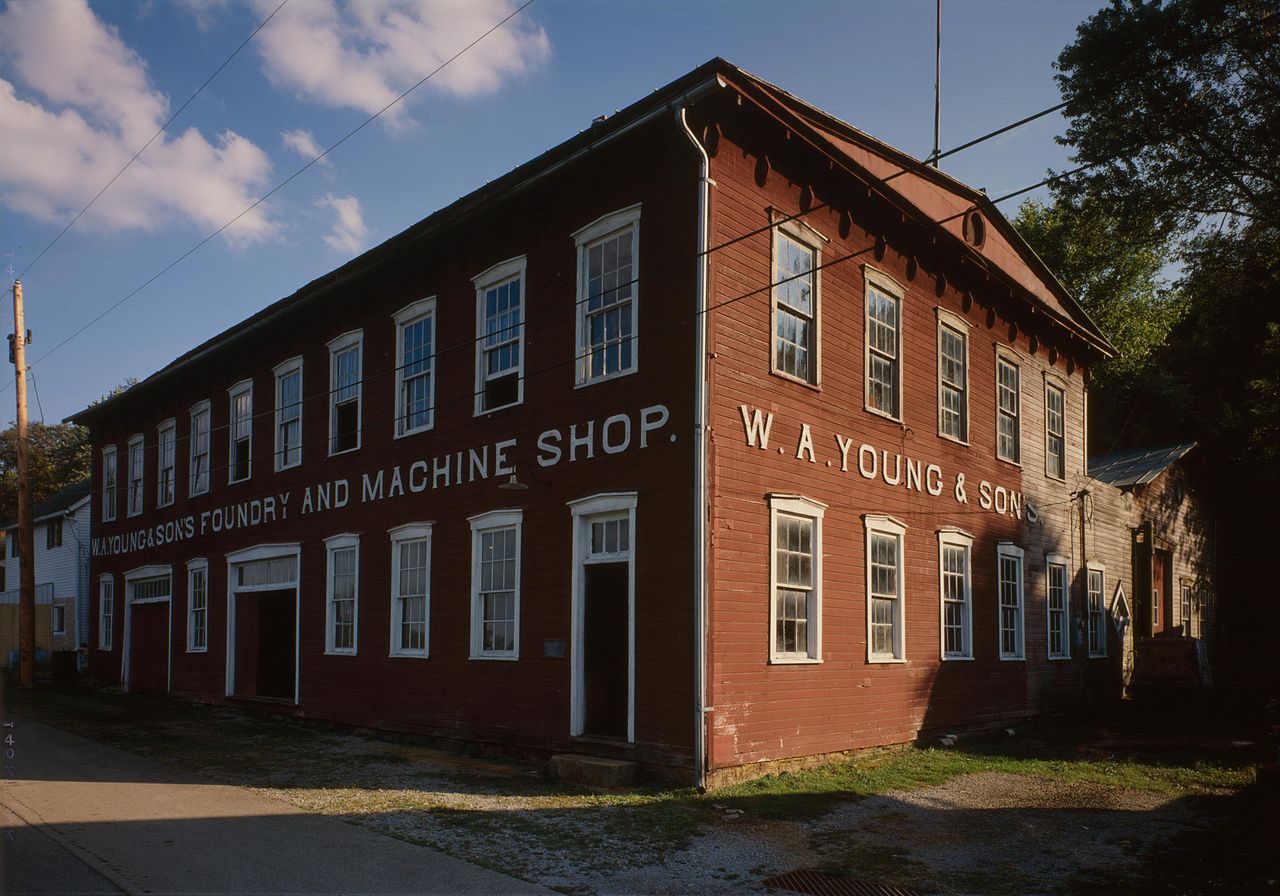
Preserving living history at the W.A. Young & Sons Foundry and Machine Shop
It’s important to recognize the value of The Keystone Fund and the preservation work it supports all year round, especially during preservation month! Without this program and its financial support, many, many important historic places in Pennsylvania would suffer. Read on for this month Keystone Fund success story, the W.A. Young & Sons Foundry and Machine Shop. Continue reading
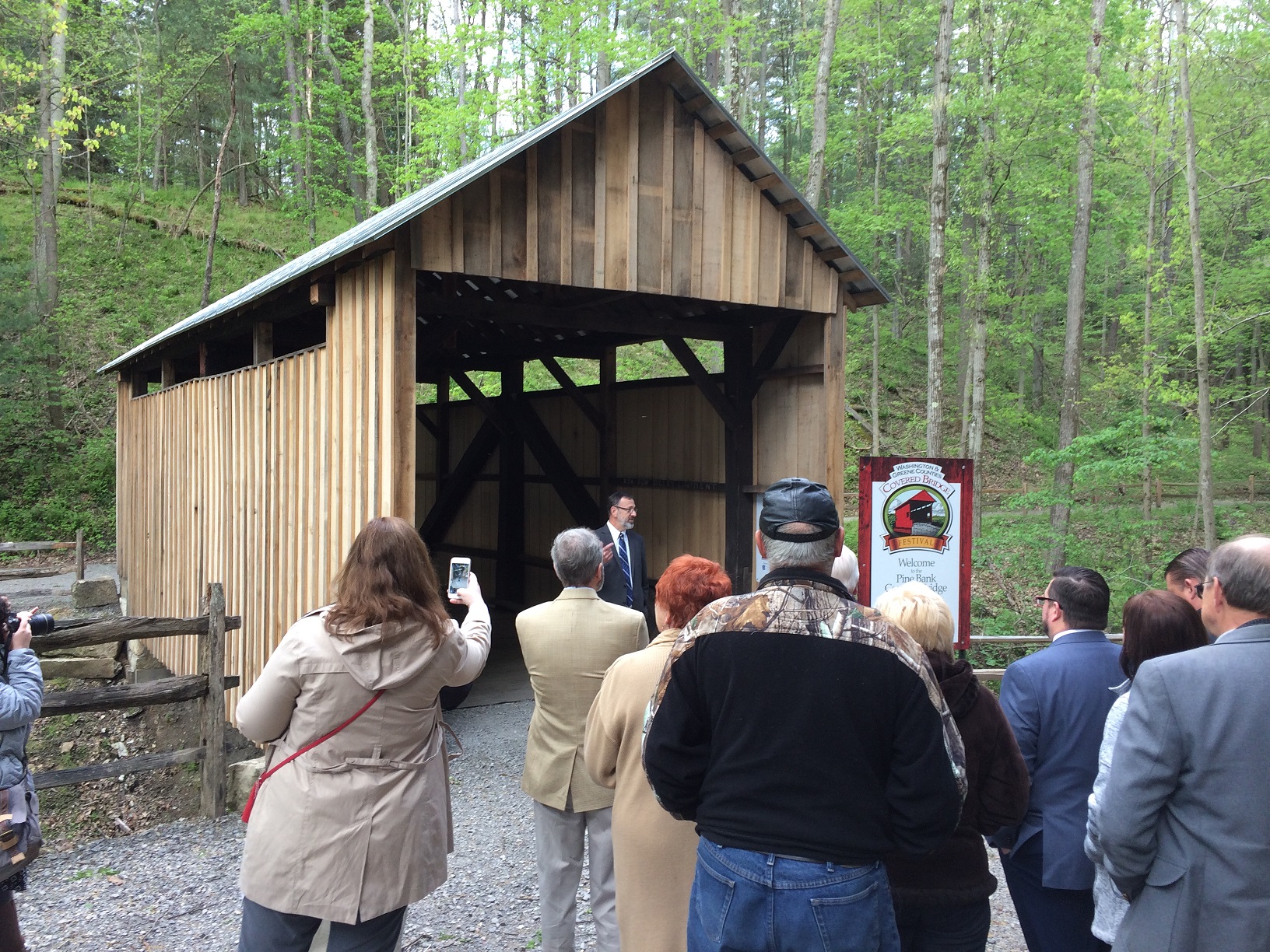
Pine Bank Covered Bridge at Meadowcroft Rockshelter and Historic Village
Recently, the Pennsylvania Historical and Museum Commission collaborated with the Meadowcroft Rockshelter and Historic Village to preserve one of the oldest covered bridges in Washington County. Continue reading
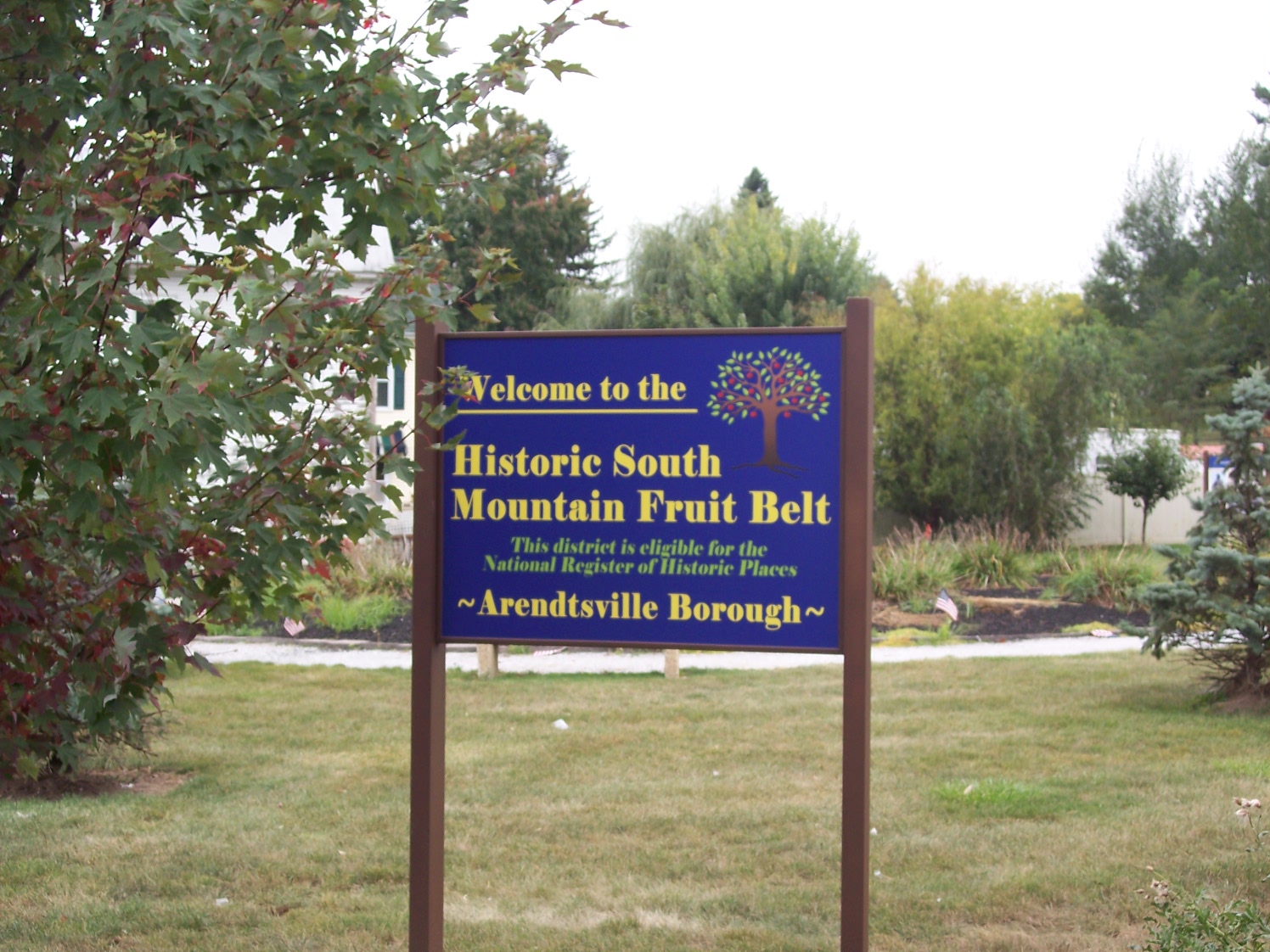
Adams County Fruit Belt makes $ense
Beginning in the early 19th century, and becoming more widespread in the years following the Civil War, fruit orchards of one type or another have dotted the South Mountain landscape in northwestern Adams County. Today, Adams County is home to the largest fruit growing industry in Pennsylvania. Continue reading


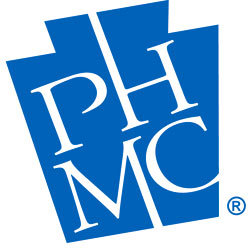
Recent Comments